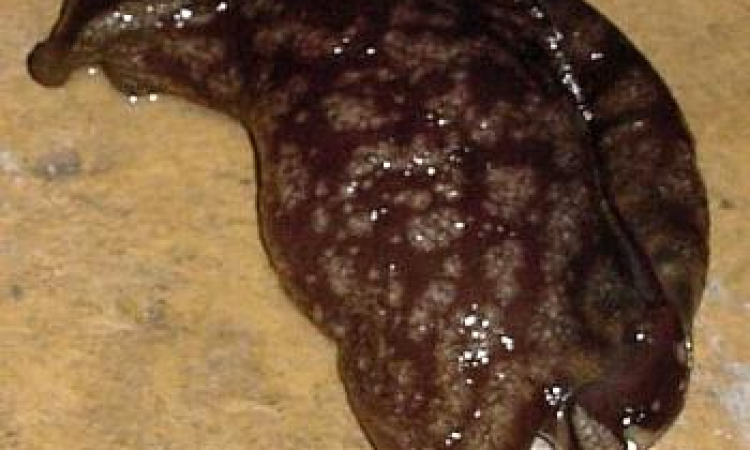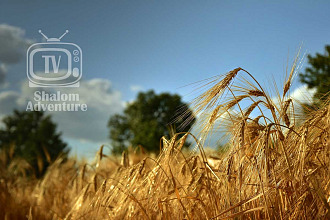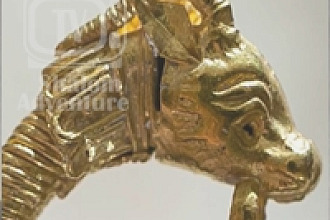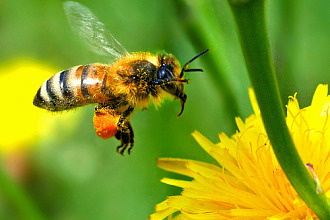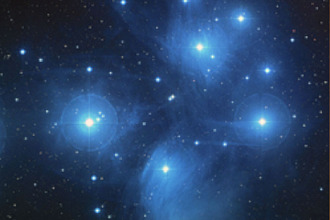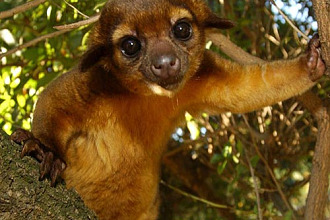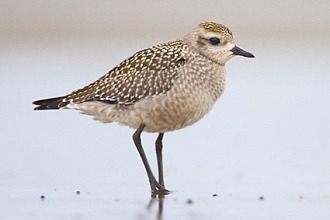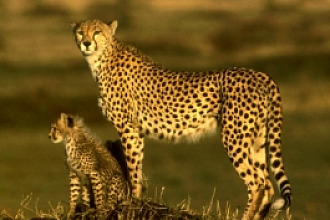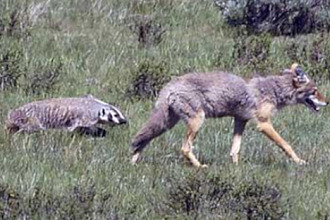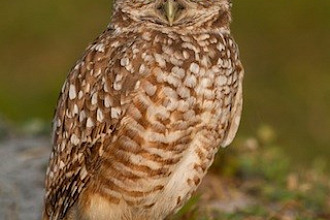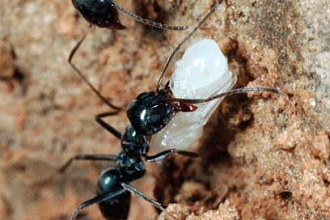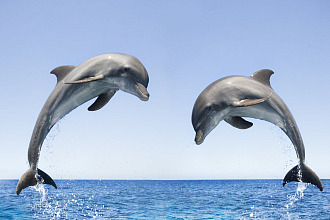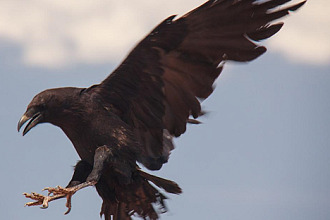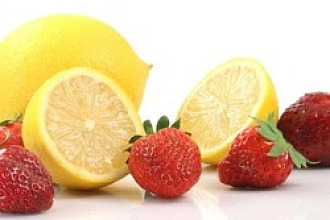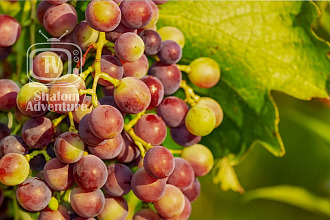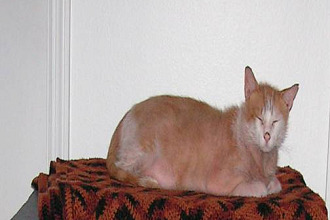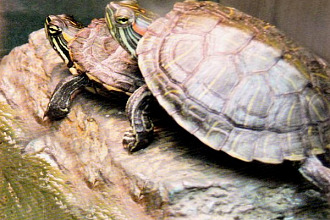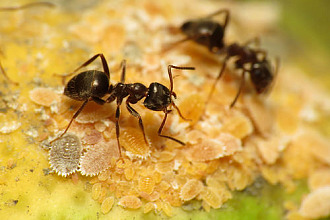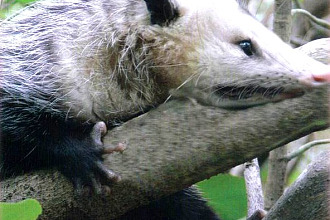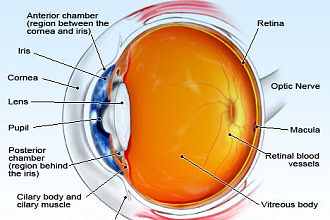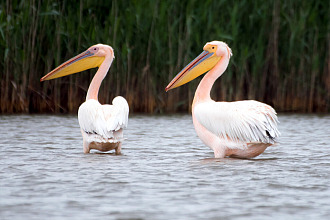"O Lord, how manifold are thy works! In wisdom hast thou made them all: the earth is full of thy riches." (Psalm 104:24)
One of the most intriguing mysteries among marine creatures is found in the truly remarkable sea slug. The sea slug lives along the sea coast within the tidal zone where it feeds primarily on sea anemones. Sea anemones are not exactly the most inviting of dinners as they are equipped with thousands of small stinging cells on their tentacles which explode at the slightest touch, plunging poisoned harpoons into intruders. The speared intruder is paralyzed and drawn into the anemone's stomach to be digested.
Although this is an impressive defense system, the remarkable sea slug is able to eat sea anemones without being stung, exploding the stinging cells, or digesting them. One of the most fascinating mysteries in nature is what the sea slug does with the poor anemone's stinging cells. The undigested stinging cells are swept along through ciliated tubes which are connected to the stomach and end in pouches. The stinging cells are arranged and stored in these pouches to be used for the sea slug's defense! And so, whenever the sea slug is attacked, it defends itself using the stinging cells which the ill-fated anemone manufactured for its own protection.
The highly complicated series of modifications that would have had to occur to produce this incredible relationship completely defies evolutionary explanation. First of all, in order to prevent the stinging cells from exploding, the sea slug would have to evolve some sort of chemical means to temporarily neutralize them. The sea slug would also have to evolve a new digestive system, which would digest the tissues of the anemone but not the stinging cells. The sea slug would also have to cleverly evolve the sophisticated ciliated tubes and pouches as well as a highly complex mechanism for arranging, storing, and maintaining the stinging cells. Finally, and contrary to evolutionary expectations, the anemone would have to endorse the sea slugs plans by refraining from evolving countermeasures.
Obviously, there is no satisfactory evolutionary explanation for the existence of such extraordinary adaptive design. The only reasonable solution to this fascinating relationship is offered by Biblical creationism. These organisms were specifically created and carefully designed by their Creator to fit into their respective ecological niches.
Originally found here

